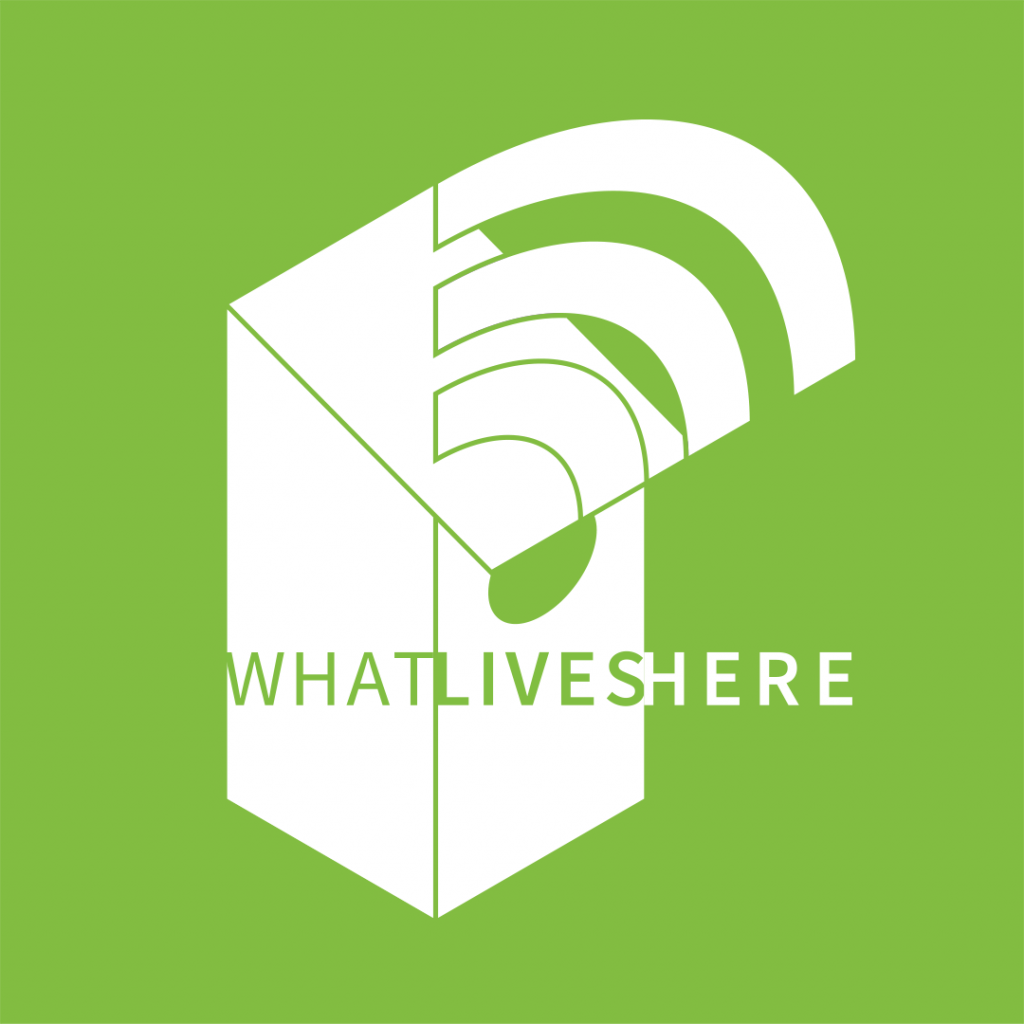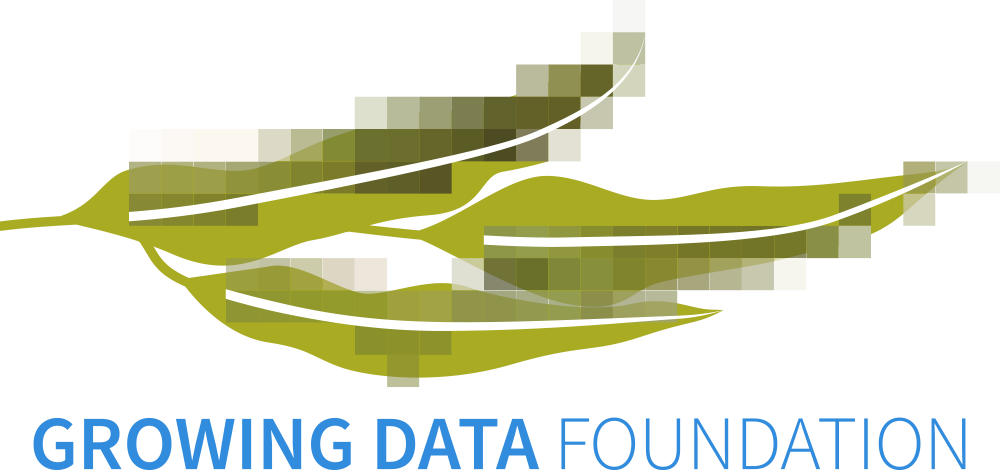Old trees with hollows that animals rely on are disappearing and as a result some species are dying out. Providing nesting boxes is a start but to truly protect threatened species we need to know more. We use technology to monitor, measure and return data to inform future decisions.

Connect with nature
Biophilia is a human condition that refers to our deep connection to nature. Rather than using technology to disconnect, we are using it to satisfy and strengthen connections of human with nature.
The tech
In tandem with this project, we are looking at setting up an Adelaide LowRaWAN™ network (The Things Network). The advantage of this technology for Maker and citizen science projects is that it allows ‘things’ to talk to the internet without 3G or WiFi – no WiFi codes and no mobile subscriptions – meaning that if a box is located in a remote area; data can still be obtained on conditions, effectiveness… or whatever it is you are measuring/monitoring.
About
Biodiversity underpins everything we do. The world is rapidly urbanising. The environments and homes that organisms share with humans are changing.
Councils and non-government organisations install nesting boxes at great cost. Nesting boxes can provide homes to animals like possums and birds. But – how do where the nesting boxes are being used by these animals? How do we know we have we installed the boxes in the best places? Nesting boxes are only the first part of the story.
We will use sensors and technology to monitor and measure if the boxes are being used. This data will also inform how we set up nesting boxes in the future – and where we place them. To ensure that nesting boxes are doing their job, we will use software, databases and hardware technology like: sensors; bluetooth; LowRaWAN™; wireless networks; Raspberry Pi; andWioLink.
People will be able to see if animals are using the nesting boxes in parks, urban environments – and in their own back yards. Data collected from the nestings boxes will be made available openly for others to use in their own prjects, learning – or out of curiosity.
Scientists and citizen science projects will be able to use the data to inform and plan their projects. Schools could use the nesting boxes and resulting data for projects and learning – for example in science, mathematics, geography.
